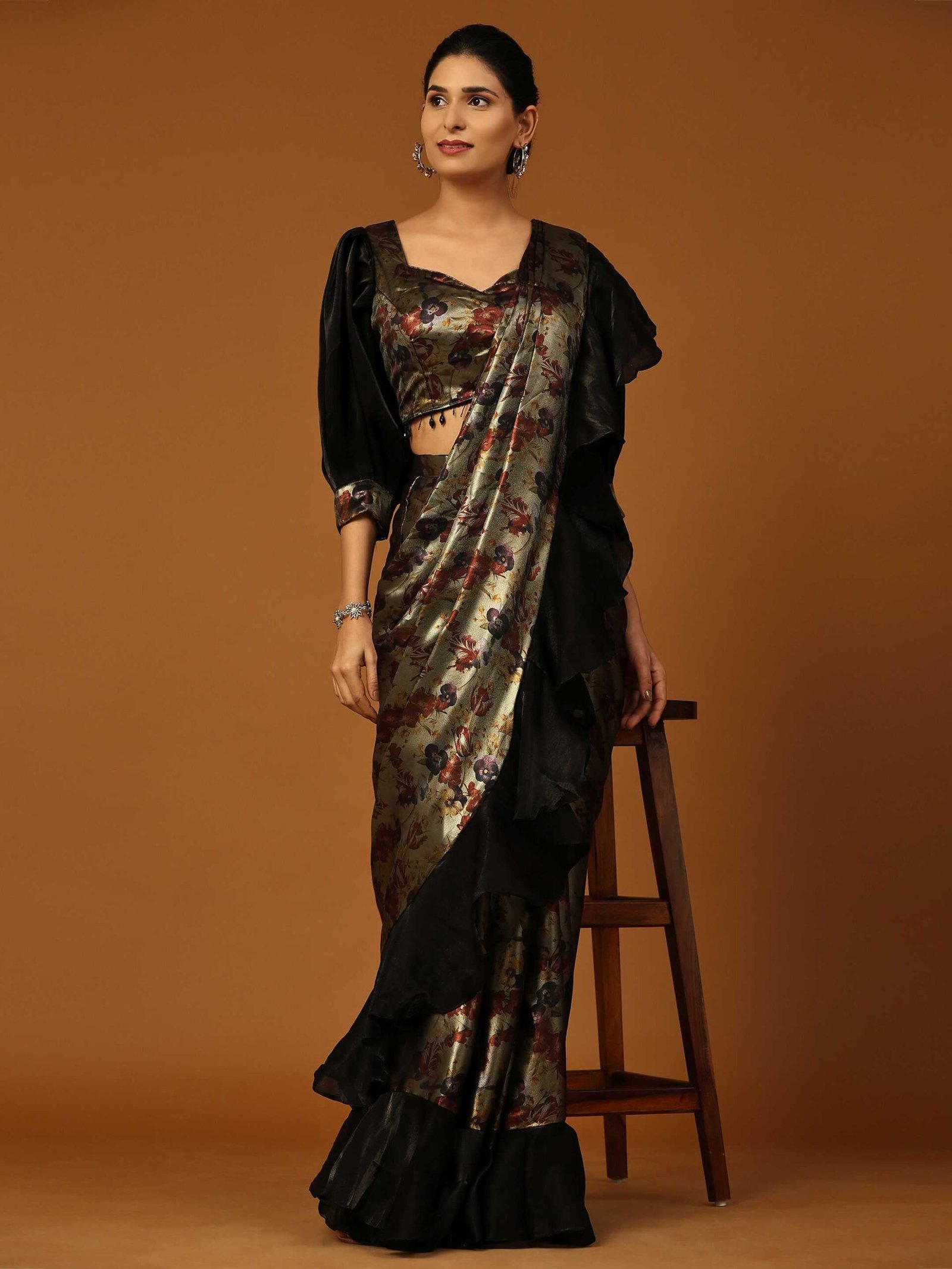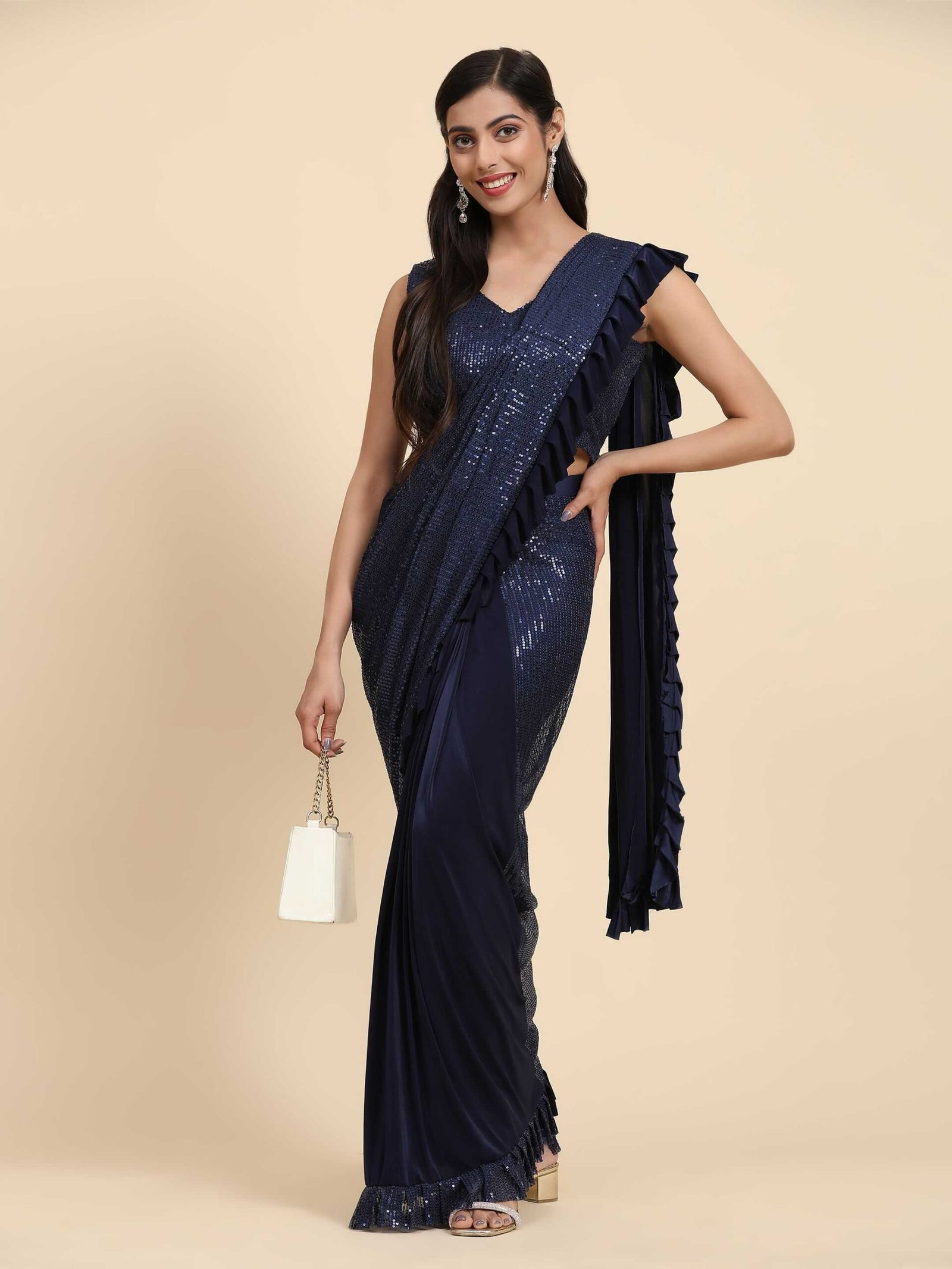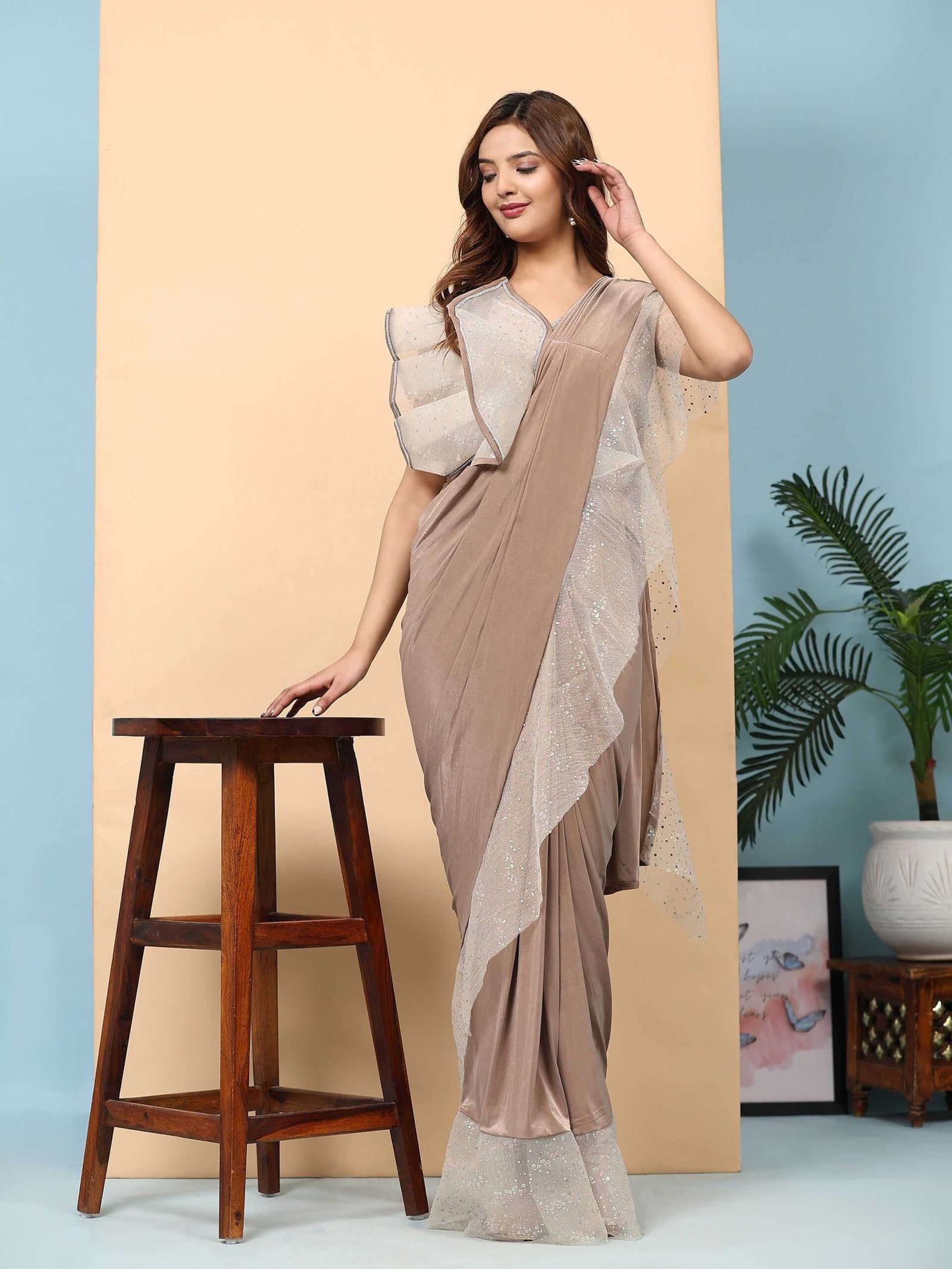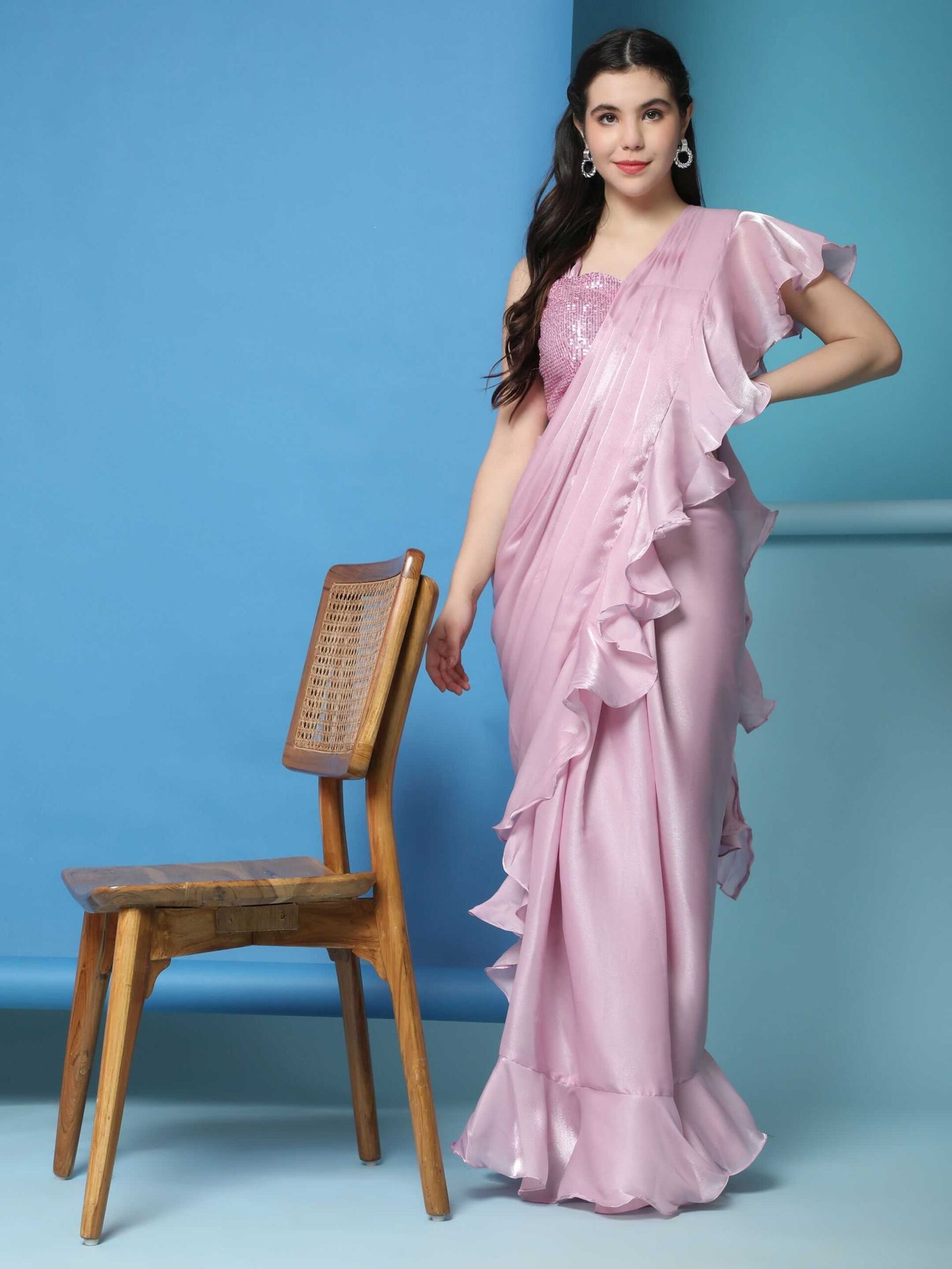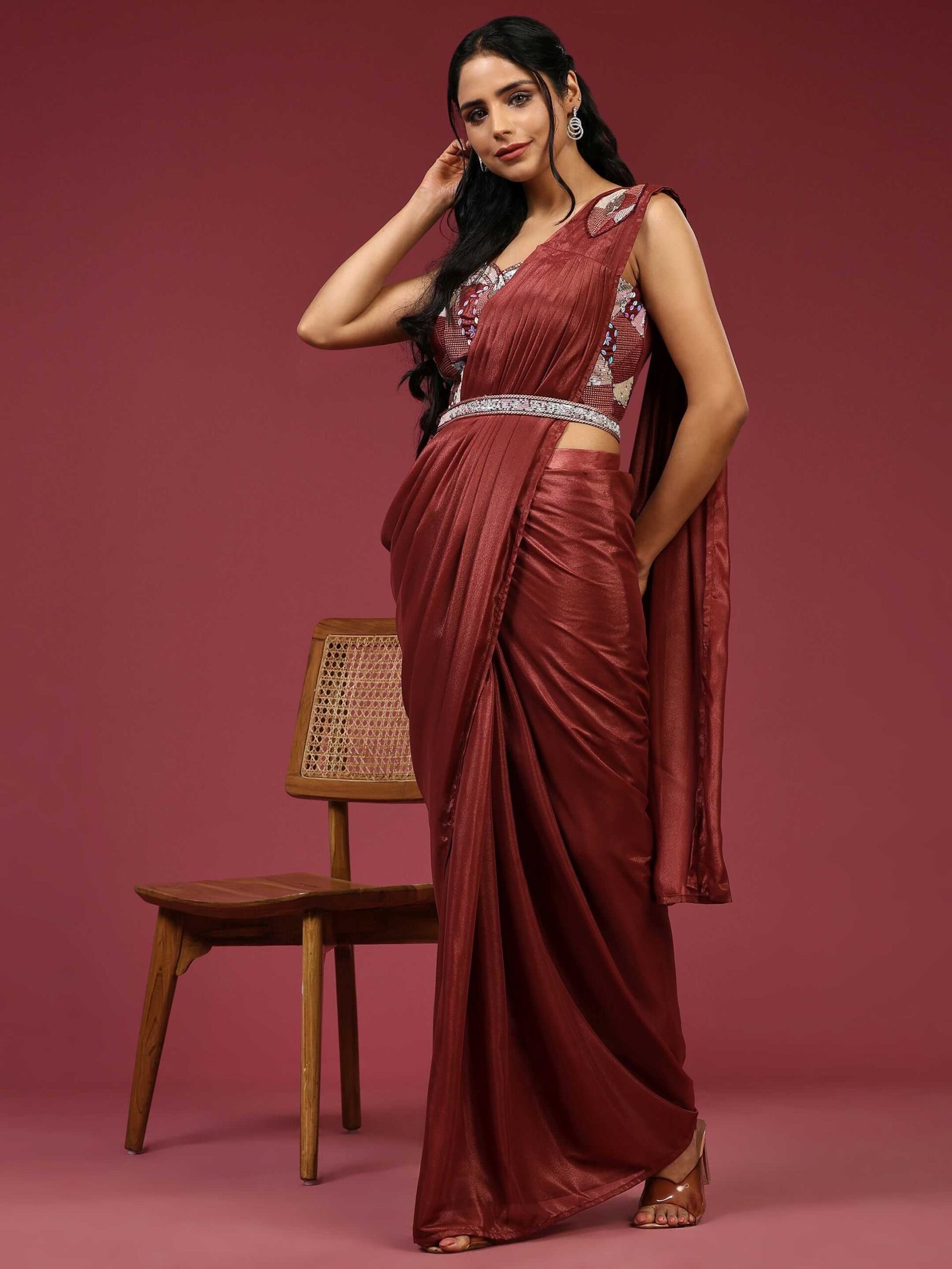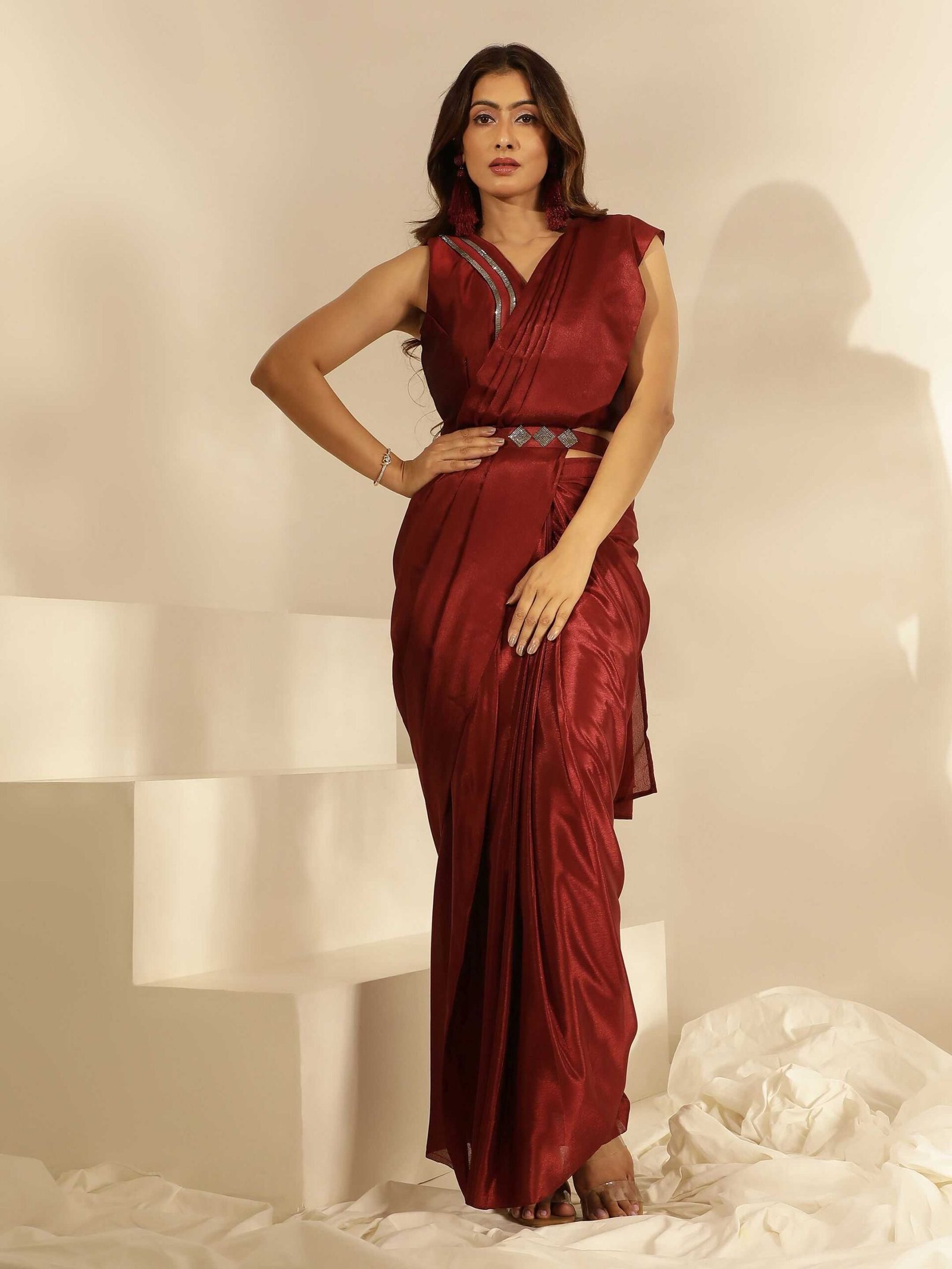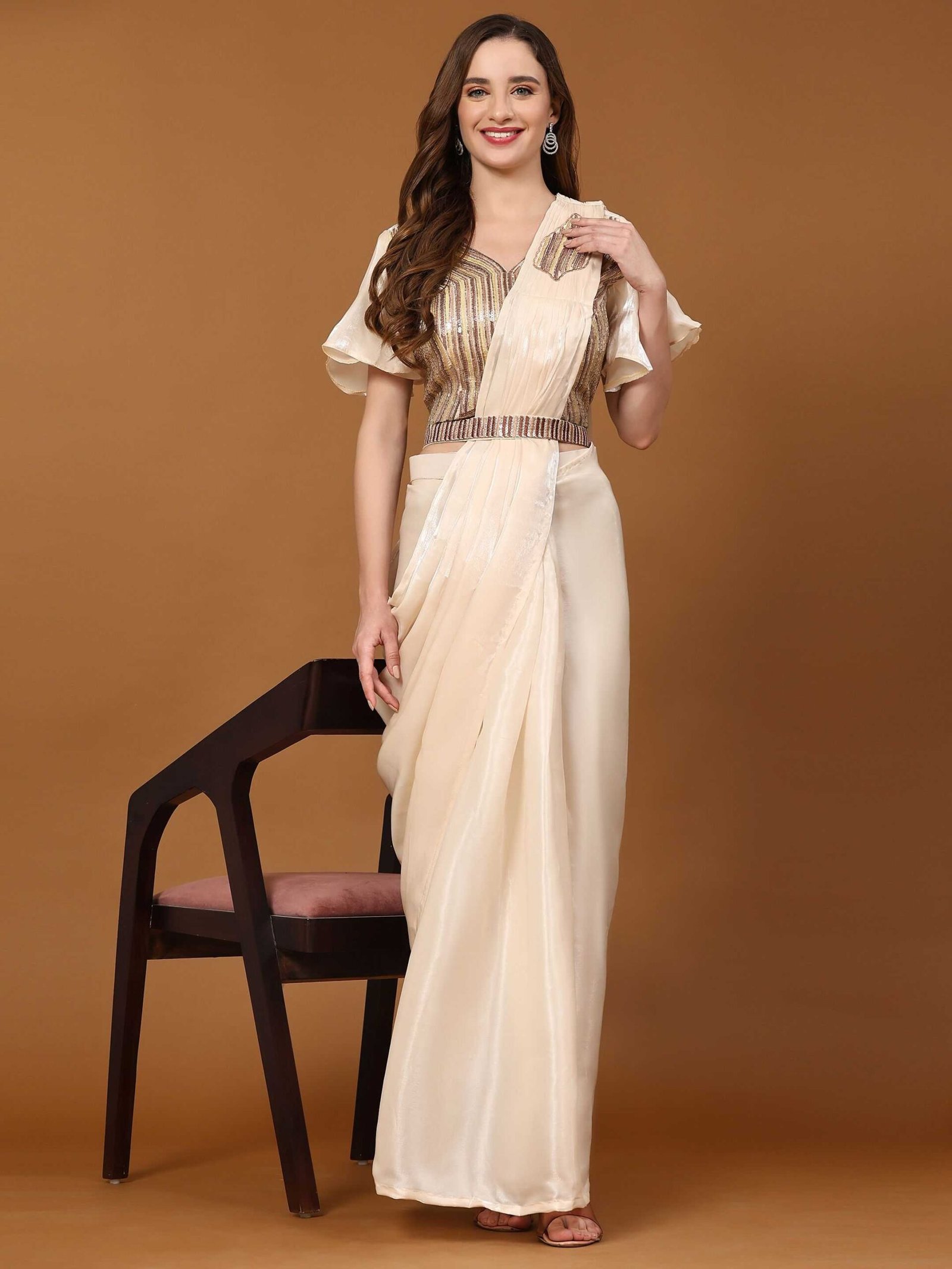-
Pure Organza Printed...
Original price was: ₹16,999.00.₹3,999.00Current price is: ₹3,999.00. This product has multiple variants. The options may be chosen on the product page -
Women Lycra Pre-stitched...
Original price was: ₹13,999.00.₹3,299.00Current price is: ₹3,299.00. This product has multiple variants. The options may be chosen on the product page -
Women Lycra Ready...
Original price was: ₹9,999.00.₹2,199.00Current price is: ₹2,199.00. This product has multiple variants. The options may be chosen on the product page -
Women Lycra Ruffled...
Original price was: ₹13,999.00.₹3,299.00Current price is: ₹3,299.00. This product has multiple variants. The options may be chosen on the product page -
Women Silk Satin...
Original price was: ₹13,999.00.₹3,199.00Current price is: ₹3,199.00. This product has multiple variants. The options may be chosen on the product page -
Women Silk Satin...
Original price was: ₹14,999.00.₹3,599.00Current price is: ₹3,599.00. This product has multiple variants. The options may be chosen on the product page -
Women’s Silk...
Original price was: ₹6,799.00.₹1,399.00Current price is: ₹1,399.00. This product has multiple variants. The options may be chosen on the product page -
Womens Chinnon ...
Original price was: ₹5,299.00.₹999.00Current price is: ₹999.00. This product has multiple variants. The options may be chosen on the product page -
Womens Pure Organza...
Original price was: ₹19,999.00.₹4,599.00Current price is: ₹4,599.00. This product has multiple variants. The options may be chosen on the product page
Mastering the Art of Drape: Innovative Saree Designs for Every Occasion
The saree, a timeless symbol of elegance and tradition, holds a special place in the hearts of South Asian women. Beyond its cultural significance, the saree offers endless possibilities for creativity and personal expression through its draping styles. From traditional methods to modern twists, draping a saree can transform the garment into a masterpiece suitable for any occasion. This comprehensive guide explores the various drape saree designs, offering tips and insights into how to perfect each style.
The Essence of Saree Draping
Draping a saree is an art that requires skill, practice, and an understanding of the fabric. Each draping style brings out a different facet of the saree, enhancing its beauty and the wearer’s grace. The saree, typically measuring five to nine yards in length, can be draped in numerous ways, reflecting regional diversity and personal style preferences.
Traditional Draping Styles
Traditional draping styles are rooted in cultural heritage and are often associated with specific regions. These styles have been passed down through generations, each with its unique charm and elegance.
Nivi Style: Originating from Andhra Pradesh, the Nivi style is the most common way to drape a saree. The cloth is pleated in the front and tucked into the waistband, with the loose end, or pallu, slung over the left shoulder.
Bengali Style:
Known for its simplicity and grace, the Bengali drape involves wrapping the saree around the body without making pleats. The pallu is then thrown over the left shoulder and brought back under the right arm. This style is often seen during Durga Puja and other Bengali festivals.
Maharashtrian Style:
Resembling a dhoti, the Maharashtrian drape is practical and unique. The saree is tucked at the back, brought between the legs, and tucked again at the back, creating a pant-like appearance. This style is commonly worn during traditional Maharashtrian ceremonies.
Gujarati Style: In the Gujarati drape, the saree is pleated and tucked into the waistband, with the pallu brought from the back over the right shoulder and spread across the chest. This style is popular in Gujarat and Rajasthan and is often seen during weddings and festivals.
Modern and Contemporary Draping Styles
With evolving fashion trends, modern draping styles have emerged, blending traditional aesthetics with contemporary flair. These styles cater to the tastes of today’s women, offering comfort, style, and innovation.
Lehenga Style:
The lehenga drape looks like a lehenga (a long skirt) and is perfect for weddings and festive occasions. The saree is pleated into a lehenga-like skirt, with the pallu draped elegantly over the shoulder. This style is often paired with heavily embellished blouses.
Pant Style:
Combining Western and traditional elements, the pant drape involves wearing the saree over a pair of trousers or leggings. The pallu is thrown over the shoulder and the saree is wound around the waist. This style is ideal for parties and contemporary events.
Butterfly Style:
A variation of the Nivi drape, the butterfly style involves making very thin pleats of the pallu and spreading them across the shoulder, resembling butterfly wings. This style accentuates the saree’s design and is popular among Bollywood celebrities.
Dhoti Style:
Similar to the Maharashtrian drape but with a modern twist, the dhoti style involves draping the saree in a way that resembles dhoti pants. This style is chic and comfortable, making it a great choice for casual and semi-formal occasions.
Tips for Perfecting Your Saree Drape
Please select the Correct Fabric: A saree’s drape is greatly influenced by its fabric. Lightweight fabrics like chiffon and georgette are easier to drape and manage, while heavier fabrics like silk and brocade require more skill.
Use Safety Pins: Safety pins are essential for securing the pleats and pallu. Use them discreetly to keep the saree in place and avoid any wardrobe malfunctions.
Practice Makes Perfect:
Draping a saree can be challenging, especially if you are trying a new style. To polish your technique, practice in front of a mirror.
Blouse Fit: Ensure that your blouse fits well and complements the saree. A blouse that fits nicely both gives comfort and improves the overall appearance.
Footwear: Wear your footwear before draping the saree to get the right length. This helps in maintaining the saree’s length and avoiding any tripping hazards.
Accessorize: Accessories add the finishing touch to your saree look. Choose jewelry, belts, and other accessories that complement the saree and the occasion.
Conclusion
Draping a saree is an art form that celebrates the beauty and versatility of this traditional garment. Whether you prefer the classic elegance of the Nivi style or the contemporary charm of the pant drape, each style offers a unique way to express your style. By mastering different draping techniques, you can transform the saree into a stunning ensemble suitable for any occasion. Embrace the timeless elegance of the saree and explore the endless possibilities of draping to make a statement of grace and beauty.

